Siemens Electric box (breaker panel)
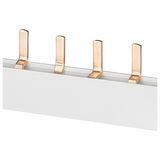
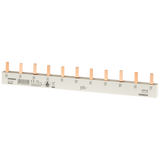

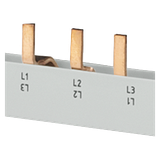

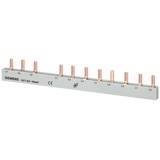
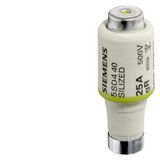


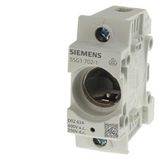
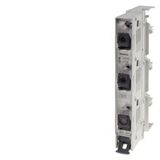
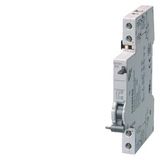

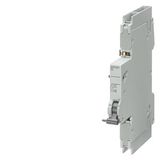


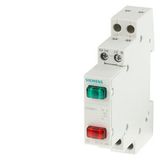

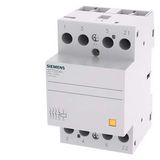


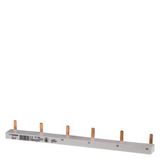

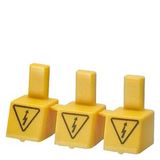
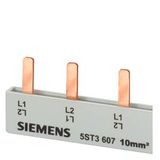
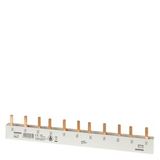


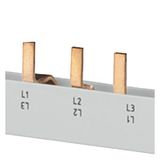
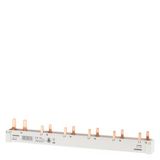


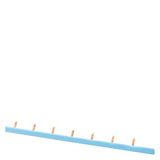


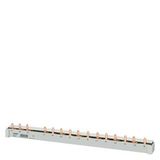
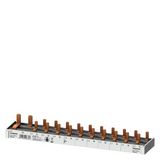

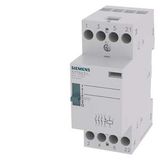
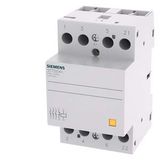
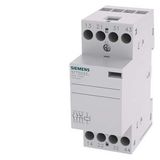
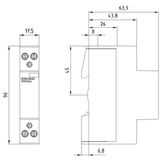

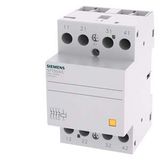
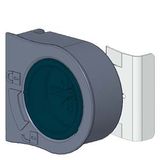
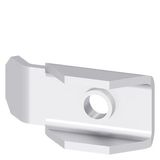



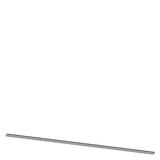










siemens distribution boards for reliable LV assemblies
Built for real switchrooms, risers, and plant rooms, these assemblies handle dense outgoing ways without cooking the copper or the labels. Frames come in sheet-steel with powder coat (typically RAL 7035), 1.2–1.5 mm doors and sidewalls, captive hinges with >120° swing, and reversible handing. Busbar systems are type-tested; common ratings include 125–630 A for compact boards and up to 1600 A on sectioned assemblies. Short-circuit withstand is documented as Icw (e.g., 25–50 kA for 1 s) with peak Ipk values to match; arc pressure relief and shrouded links keep maintenance practical.
siemens electrical panels construction, ratings, and standards
Internal gear sits on 35 mm DIN rails and mounting plates with clear depth for cable bending and RCBO/AFDD heat spacing. Typical ingress and impact classes: IP31/42 indoors, IP54/IP55 with gasket kits for dusty corridors, IK08–IK10 on reinforced doors. Ambient assumptions are 40 °C; heat-rise and diversity follow IEC/EN 61439-1/-2. Separation options meet Form 2b/3b/4a/4b to suit service policies. Gland plates are removable, with knockouts for metric/PG and space for compression grommets; earth studs are paint-piercing so PE continuity doesn’t depend on luck.
Other Siemens products
siemens switchboards layouts and device integration
Incoming choices cover MCCB or switch-disconnector incomers, 3- or 4-pole, with manual changeover or ATS where generators are present. Outgoers mix MCBs, RCBOs, MCCBs, and fuse switch-disconnectors on common escutcheons; pin and fork busbars are supported, with feed-in blocks for tidy mains entry. Surge protection (IEC 61643-11 Type 1/2) mounts on dedicated plates with short PE bonds. Metering kits read V/I/kW/kWh and THD on main and sub-feeds; Modbus/PROFINET gateways bubble values to BMS or SCADA. Door kits accept selector keys, push buttons, and alarm windows without compromising clearances.
siemens modular enclosures mounting options and accessories
Floor-standing frames take plinths and levelling feet; wall variants hang on heavy rails then secure from inside so fixings are tamper-safe. Joiner kits make side-by-side lineups; top canopies and rear trunking adapt to risers. Blank plates, barriers, and shuttered apertures keep IP after changes. For coastal or food plants, stainless hardware and silicone gaskets are available. Documentation packs include torque tables, device layout drawings, and spare way legends—handy when phases stretch over months.
Technical specifications that matter on site
- Busbars and feeders: tinned copper with tested temperature rise; neutral bars sized for harmonic content; split-neutral options where RCD selectivity is required.
- Creepage/clearance: sized for 230/400 V AC; phase barriers near incomers and VT taps.
- Thermal: derating curves by device and row; keep 20–30 % spare space around high-loss devices (AFDD, RCBO blocks, SPDs).
- Earthing & bonding: 25–50 mm² earth links between sections; 360° shield clamps for data and control entries; single-point bonding guidance included.
- Labeling: engraved traffolyte or snap-in frames sized for 4–5 mm cap heights; QR tags can link to circuit schedules and test sheets.
Applications and compatibility
In offices and schools, compact riser boards carry RCBO ways per room with Type A/F residuals on IT/HP loads. Retail back-of-house prefers IP54 doors and lockable handles. Light industrial zones adopt MCCB incomers with coordinated Type 1+2 SPDs and C/D-curve MCBs for motor/inrush circuits. Hospitality standardizes finishes and escutcheon geometry across public and guest areas so maintenance isn’t chasing mismatched hardware. Tender notes that call for siemens power distribution panels often pair them with sub-metering and load-shedding relays to keep generators honest.
Integration with drives, sensors, and networks
Boards land next to VFDs and PLC panels; divider trunking keeps SELV, 1–10 V/DALI, and Ethernet away from mains. Meter pulses or Modbus drop straight into the controls backbone. Where lighting controls need presence/daylight, reserve DIN space for gateways and supply them from RCBOs tagged for easy fault-finding. For shallow risers or retrofits, siemens wall mounted boards solve depth conflicts while keeping knockouts aligned with existing conduits.
Selection guide for B2B buyers
- Fault level and selectivity: publish Ik by board, then pick MCCB/MCB curves and RCD types to hold discrimination downline.
- Ingress and environment: IP and IK by location; confirm gasket compression after paint and fit drip shields on wet-adjacent routes.
- Thermal & spacing: apply 61439 heat-rise; de-cluster RCBO banks and SPDs; leave growth space.
- Form of separation: choose 2/3/4 based on maintenance policy; add shrouds on live copper in Form 4.
- Metering & comms: decide which feeders need kWh/THD; specify gateway protocol once (BMS vs SCADA).
- Serviceability: door-coupling handles, padlock kits, blank way management, and clear spare labels shorten night works.
- Coordination: align upstream MCCB/fuse tables; check RCD type (A/F/B) against VFDs, EV/PV, and UPS.
Large plant rooms usually consolidate multiple siemens electrical cabinets for distribution, control, and metering—keep bezel language and label scheme identical across all so spares remain universal.
Advantages of working with Bankoflamps
We translate one-lines and load schedules into populated rail maps, then show live EU stock before shutdowns are booked. Quotes usually land in about an hour with EAN/MPN so incomer frame, breaking capacity, RCD type, SPD level, and enclosure size don’t drift mid-phase. Your portal shows lead times, shipment status, and downloadable price lists; pricing windows align to project gates. Approved accounts can use post-payment up to 30 days. We consolidate by board section to cut freight and on-site sorting, and your account manager cross-checks busbar rating, Ik and selectivity charts, thermal spacing, IP/IK kits, gland plates, and labeling against your drawings—so crates arrive board-ready and electricians terminate once.